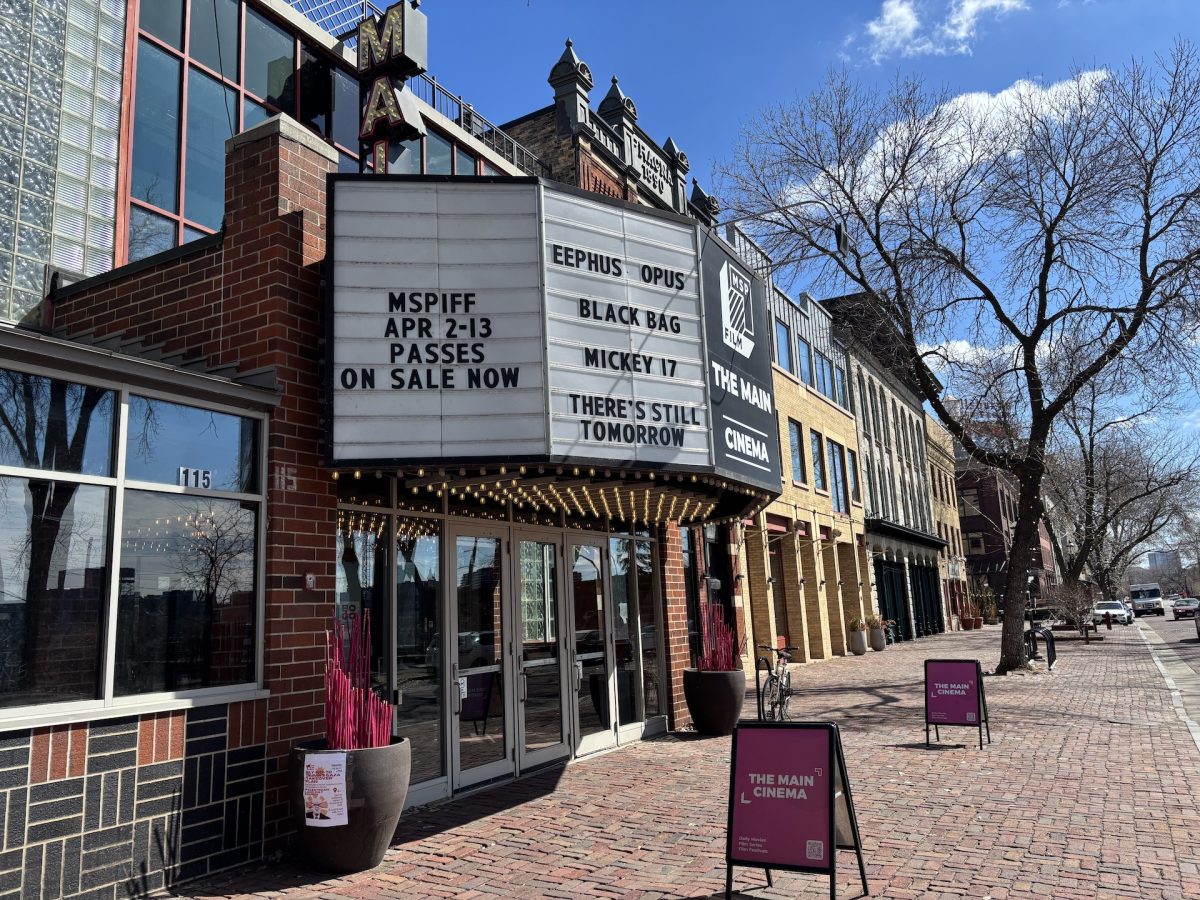>Set in the 16th century, it’s about Mary Stuart, Queen of Scotland (Linda Kelsey) and Queen Elizabeth I of England (Wendy Lehr). They are second cousins, and their distant familial bonds are at the heart of “Mary Stuart’s” conflict.
Stuart is suspected of murdering her husband and flees to England to seek asylum. At this time, England has abolished Catholicism, and rather than aid her distant cousin, Elizabeth locks Stuart away for her religious beliefs, puts her on trial, and soon must decide whether to sign Stuart’s death sentence.
Much like Park Square’s season opener, “Copenhagen,” about a famous
meeting between two physicists and the role their encounter might have played in the outcome of World War II, “Mary Stuart” also explores the connections between fascinating people.
Although the women only interact once during the production, they work as a team to sustain the play’s intensity and momentum. Lehr’s Elizabeth is a shrewd businesswoman. She is polite and graceful one second and then cynically manipulative the next. As she is courted by a French messenger, she is careful to be kind, but vague. After all, she needs the support of the French government, but has no intention of ever marrying a Frenchman.
Kelsey’s Stuart is equally manipulative. She might play the Catholic saint, but she has ordered people’s deaths and is keenly aware of the political game at hand. In one moment of confusion, when rumors circulate of Elizabeth’s assassination, Stuart thanks God for the miracle, exposing her dark inner workings. These are strong female characters, rich with dimension and complexity. They are not easy puzzles to solve but dynamic and flawed human beings, whose one confrontation is a show-stopping clash.
The real story of the Park Square production, however, is its modern-day adaptation. Originally written by Friedrich von Schiller in 1800, Park Square has revamped the play for modern audiences. Rather than separating Elizabeth’s and Stuart’s scenes, it shows them side-by-side, constantly switching between the two distinct story lines.
Watching two scenes simultaneously is riveting. For instance, as Stuart prepares herself for her potential execution on the left side of the stage, Elizabeth debates whether to sign the death notice on the right side. While this leads to some delivery issues as actors jump or miss their cues, it also gives the material a rush of excitement, occasionally juxtaposing moments to add to the drama and irony between these two women.
This is what live theater is all about – plunging the audience into the thoughts and emotions of characters, and searching for the truths that lie beneath the surface. What is it like to know your life is in someone else’s hands? What does it take to sentence someone to death? What drives the powerful people of this world who, with the stroke of a pen, change history forever?
“Mary Stuart” plays through March 30 at Park Square Theatre, (651) 291-7005
Please send comments to arts@mndaily.com







